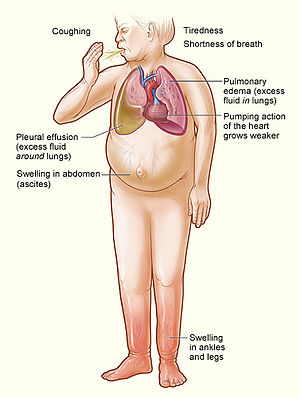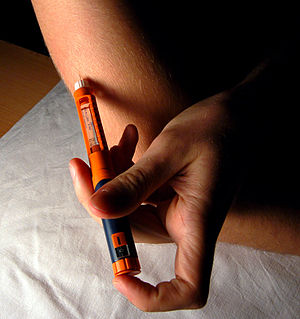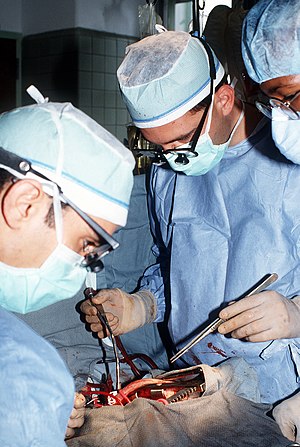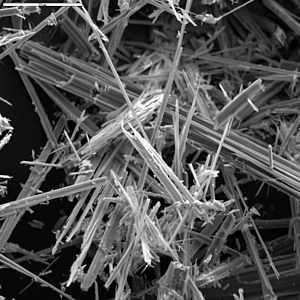People who give blood are a blessing to the world. Who knows how many lives are saved because the Red Cross and others are able to preserve blood and have it available for emergencies? But transfusions don’t always work the way they’re meant to.
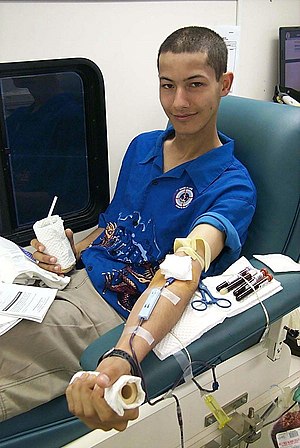
The fact is, stored blood doesn’t have the vitality and the oxygen-carrying ability it had when first collected – even after a single day in storage. Giving a bunch of stored blood to a person already in serious trouble can sometimes even result in hypoxia – starving the person’s tissues and organs of oxygen. Certainly the opposite of the intended effect.
Nitric oxide (NO), a naturally occurring substance in the body, is known to attach itself to hemoglobin, the oxygen-carrying component of red blood cells. When it does, it forms S-nitrosohemoglobin (SNO-Hb), which “causes blood vessels to dilate, making it easier for oxygen to reach cells,” according to this article in MedExpress.
A group of experimenters thought maybe if they added NO to stored blood it would carry oxygen better. They found a way to add it and called the resulting product renitrosylated blood. So far, they’ve tried it with mice, rats and sheep and found that in all cases, using the renitrosylated blood in a transfusion improved oxygen supplies to tissues and organs.
Next step will be setting up clinical trials with people who need transfusions. Sounds very promising.
P.S. NO is an amazing substance. Check out some of my other posts about nitric oxide.

